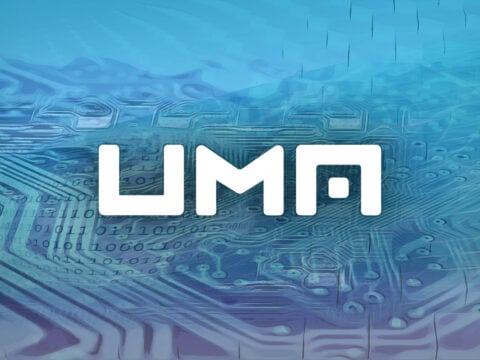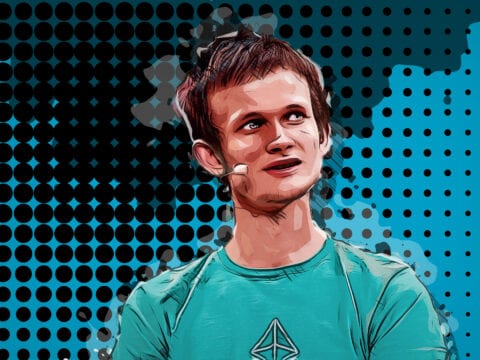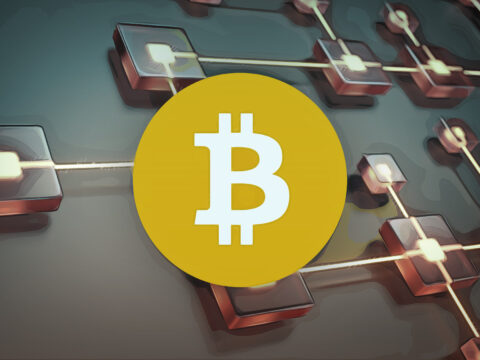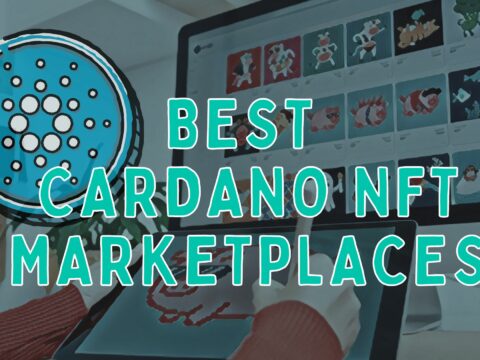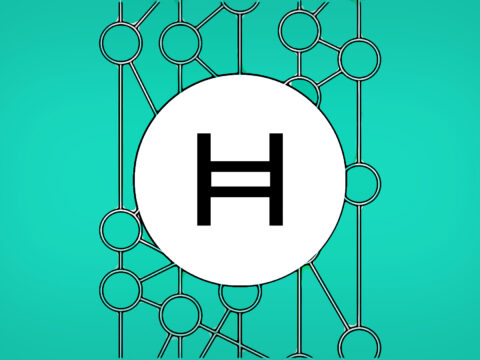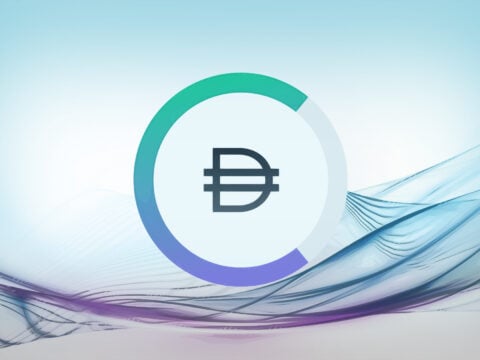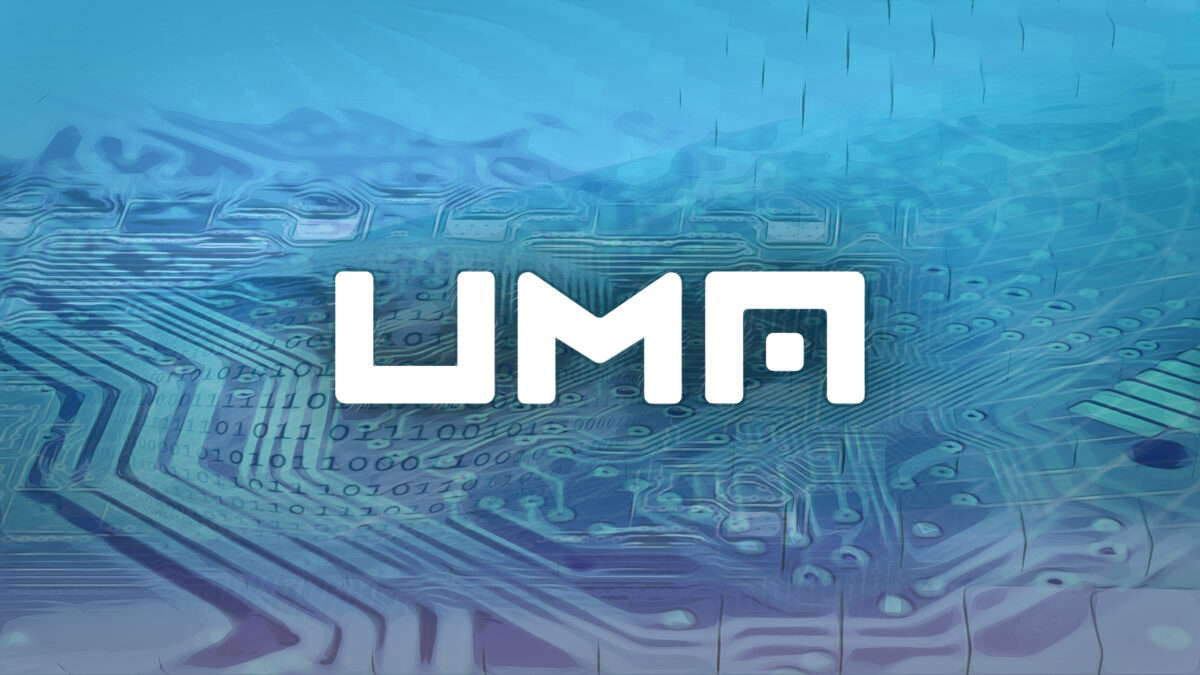
UMA is the token native to the Universal Market Access (UMA) protocol. It powers the project by providing voter rights to its holders and resolving contract disputes. Hart Lambut created the project to boost financial innovation in the Decentralized Finance (DeFi) niche by allowing anyone worldwide to access financial risk.
UMA raised over 4 million from major capital investors in 2017, including Bain Capital and Dragonfly Capital, launching its token sale years later in 2020 via Uniswap.
The protocol is built on the Ethereum network, using its self-enforcing smart contracts to automate transactions by using economic incentives as security, unlike traditional contracts.
UMA’s Priceless financial contracts templates can be used to create synthetic tokens, while data verification mechanics (DVM) work as an oracle to allow the feeding of external data to the protocol. These two components create new investment opportunities and use cases for users and developers looking to integrate synthetic assets.
As an open-source project, UMA’s code is available to the public via GitHub, allowing the community to participate in the project’s development by reporting bugs and detecting vulnerabilities, greatly improving the security and auditing of the protocol.
What is the Purpose of UMA?
The UMA protocol was designed as an open-source protocol that allows any two counterparties to design and create their own financial contract as it suits their needs by using concepts borrowed from Fiat financial derivatives.
However, unlike traditional derivatives, these contracts are secured with economic incentives alone. making them self-enforcing and universally accessible, one of the main objectives of the DeFi movement.
By using UMA, developers have a fast, flexible, and secure way to easily create synthetic assets on the Ethereum network while benefiting from faster time launches, no design limits, provably secure, and minimal oracle usage.
The UMA token is primarily used in the governance of the protocol by granting its holder the right to vote and propose changes and vote on the value of price identifiers at historic timestamps when a dispute arises, granting them rewards for doing so.
Using the UMA token creates an autonomous and self-sustaining DeFi protocol that offers lower fees and more flexibility.
How Does UMA Work?
UMA uses two crucial technologies to allow the creation of its synthetic derivatives on the Ethereum blockchain: priceless financial contract templates and a Data Verification Mechanism (DVM).
A priceless financial contract is a contract that doesn’t require an on-chain price feed to operate, which removes the necessity to use oracles in every situation. The lack of this requirement results in the need to have stakeholders participate in disputes by identifying improperly collateralized positions and rewarding them in the process.
DVM is the optimistic oracle service provided by the UMA protocol and the mechanism in charge of taking care of disputes. When a dispute takes place, a price request is received by the DVM, which then proposes a vote for UMA stakeholders to provide the price of the required asset at a specific time.
These votes are then aggregated and returned by the DVM, resulting in the liquidator losing its liquidation bond and the disputer being rewarded or vice versa, depending on who was correct in the dispute. Stakeholders who voted will then receive an inflationary reward of 0.05% of the current $UMA supply, distributed proportionally depending on their stakes.
This optimistic approach not only incentivizes participation from UMA holders but also acts as a deterrent against futile disputes and incorrect collateralization by penalizing incorrect behavior. The UMA token also allows its holders to vote on what type of contracts and assets can form part of the protocol, what changes are implemented, and how the protocol will operate in the future.
